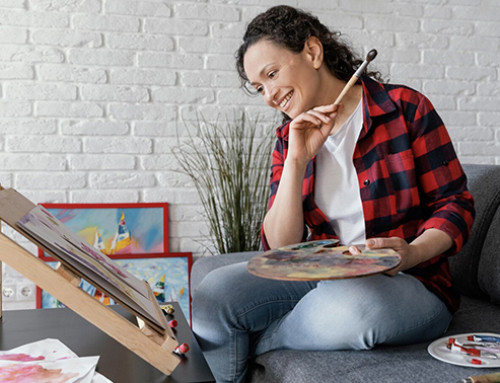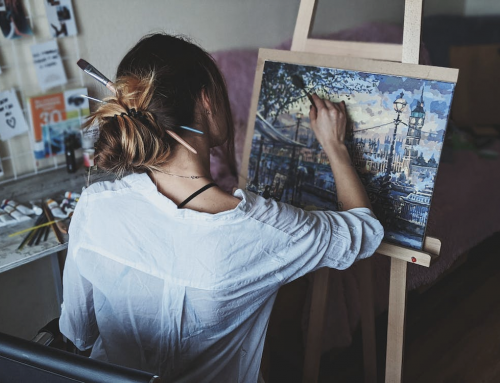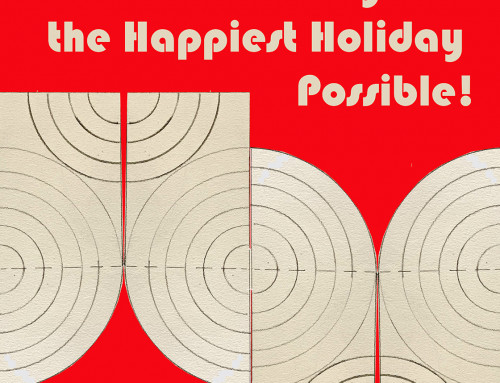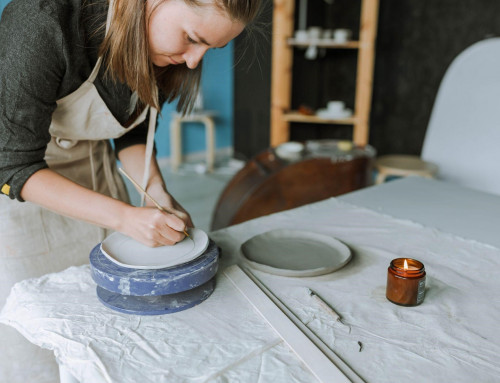Being a public-facing artist?
“What on earth does she mean?”
People make art for lots of good reasons.
For some artmaking is a hobby, fit into their days and weeks for the sheer pleasure of creation. They may sometimes share/give away the artwork to trusted friends and family. They may display the artwork around their homes.
For some, making art is a way to understand themselves. It is therapeutic, soothing, a mostly private act like journaling.
For some it is a spiritual act, like prayer or meditation.
For some of us, making art is or becomes a passion that produces more art than one can display at home or in the homes of friends and families.
Making art can present you with unexpected choices, or How I became a Public-Facing Artist
All I knew when I went off to college was that I wanted to make art, hopefully good art. I wanted to spend inordinate amounts of time with cool materials making cool things. Eventually I had enough cool things that I ran into a storage problem. (I also keep a lot of the un-cool things and eventually change them enough to deem them “cool.” ) So, I began to participate in street fairs.
 , like the Ann Arbor Street Fair, the Flint Art Fair, the Kalamazoo Art Fair in Michigan. I was a lot younger and stronger then and I was making functional and decorative pottery. The street fairs were a good solution. I sold lots of stuff to enrich people’s experience of home and domesticity. My productivity forced me to become a public-facing artist. I needed customers to help me with my storage problem!
, like the Ann Arbor Street Fair, the Flint Art Fair, the Kalamazoo Art Fair in Michigan. I was a lot younger and stronger then and I was making functional and decorative pottery. The street fairs were a good solution. I sold lots of stuff to enrich people’s experience of home and domesticity. My productivity forced me to become a public-facing artist. I needed customers to help me with my storage problem!
In order to do art fairs, I needed to photograph my artwork and my booth to make slides. (It was a long time ago. No one does slides anymore.) So, it was no longer enough to just make the pots, I had to add photography to the process. After each kiln load I would select the pots that needed to be photographed and just do it.
I needed to find the art fairs and apply to them in a timely manner…with beautiful slides and sometimes more paperwork. This involved getting slides duplicated, labeled and stuffed into slide sheets, sent with paper applications and a self-addressed stamped envelope for return of slides with the acceptance/rejection.
As the art fairs became larger and more competitive, I needed to develop ways for people to find my booth out the the 1000+ booths scattered around Ann Arbor! I hired a friend to do cheap copywriting for me and I purchased an ad in the art fair guide and also sent out flyers to my mailing list. Did I mention developing a mailing list earlier? People came to my booth holding the ad in their hands. I also sent physical postcards to my mailing list before every event. ( Now I send emails!)
But the work continued to change and needed to be shown in different ways.
My message/mission with my artwork has always been to effect change in someway for individuals. It might be as simple as making mealtime more special with handmade pottery. Personally, I think coffee tastes better in a handmade mug. I might also want people to receive a message, as I did with “Wearing My Age.” (on the left, above).
But my work kept getting larger and less utilitarian in nature. You aren’t going to drink coffee out of an installation of rags in plastic tubes! I needed to show in galleries…those I created as well as those that would have me.
I had to professionalize further.
As an increasingly public-facing artist…an artist who needed to be in contact with the public…I had to change my routines and processes somewhat. It is not enough to just make the work. I needed to share it. (As I said earlier, I continue to produce more than I can keep.)
Here is a list of things that I now consider to be part of the process of making art, as a public-facing artist:
- Make the art
- Document the work : photos
- Title the work
- Price the work
- Measure the work
- Write a description of the work
- Tell people about the work
- ROUTINELY! Don’t wait until a call for art forces you to do it. Make it easier on yourself by doing these tasks as a routine part of your process.
I don’t look on these tasks as interrupting studio time. They are an important part of finishing each artwork. One of my mantras is,”It’s not finished until you’ve written about it, showed someone, and photographed it.”
Skill building continues .
It is, of course,of the utmost importance to continue to hone your skills as an artist so you can make the best things you can! It is also important to continue to enjoy what you do in contact with your materials. It’s the BEST thing ever…right?
But, you have to photograph your work.
If you cannot afford a great photographer, you need to learn to do it yourself. It is possible to use an iPhone photo as a starting point for your documentation. You will, however, need to learn to edit your photos. The iPhone editing tools can help…try them out. You can’t break anything. Most of the time, though, you will need to do further editing to get the kind of image you want. I use Adobe Photoshop and Adobe Lightroom to get good editing. Look into it. You do not have to take out a loan anymore. There are monthly plans to fit most budgets now.
What do your photos need to look like?
- clean, non-competitive background: no wrinkles, no prints, preferably white for most things
- a good representation of your color…not perfect, not exact…think of this photo as an advertisement. You want it to pop on the screen but also not disappoint when someone buys it. It’s a balancing act between utter accuracy and seduction.
- fill the screen with your artwork. Show a shadow if it is needed to demonstrate dimensionality
- keep a hi-res version, 300dpi, as your master and make the appropriate/required size duplicates from that.
Use what works to keep you organized.
- You need to keep an inventory of some kind, with title, date, size, description, materials. It can be Excel, index cards, a studio notebook. I use Artwork Archive now, after trying a variety of databases and methods.
- a calendar, paper or online… you have got to be on time!
- a to-do list
- a studio notebook
- a record of submissions to shows
I use a combination of all of the above. You figure out what works for you. Trust me, it will make your life easier.
And learn to prioritize so the details don’t drive you nuts.
And always make time to play in the studio
PS
Want to read more about PRODUCTIVITY in the STUDIO? Click HERE for a free PDF
PPS
Want help? I do mentor people based on their individual needs. When my skills coincide with your needs, WOW! We can get a lot done together.










